Rabbits are small, herbivorous mammals that have captivated the interest of people around the world due to their charming appearance and playful behavior. Found in a wide variety of habitats, from forests and grasslands to deserts and wetlands, rabbits exhibit a fascinating lifestyle adapted to their environment. Their behavior, diet, social structure, and survival strategies reflect a remarkable balance between the need to avoid predators and their instinct to thrive in their natural habitats.
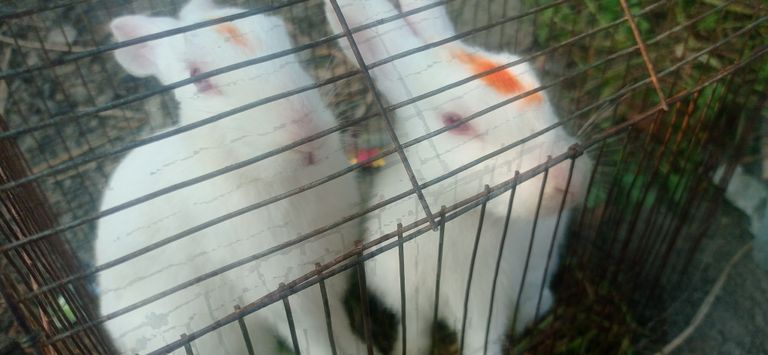
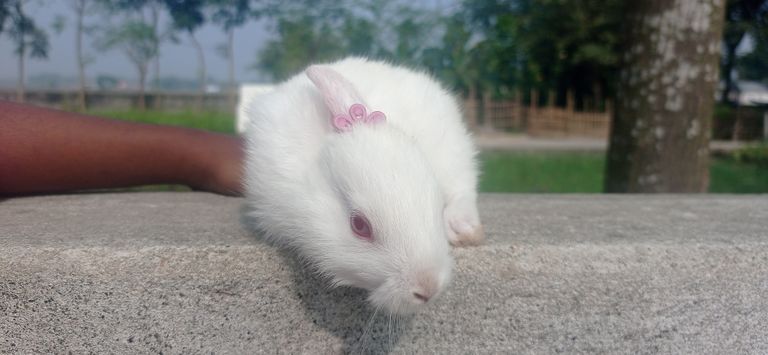
Rabbits are known for their ability to adapt to diverse environments. They have evolved into a variety of species that are suited for both temperate climates and more arid regions. One common thread that ties all rabbit species together is their preference for open, well-vegetated areas such as meadows, grasslands, and woodland clearings. These habitats provide them with both shelter and food. Rabbits are burrowers, and many species dig extensive tunnel systems called warrens, where they can hide from predators and rear their young. Some rabbits, like the European rabbit, are more likely to live in burrows, while others, like the cottontail rabbit, often live in shallow depressions or dense thickets.
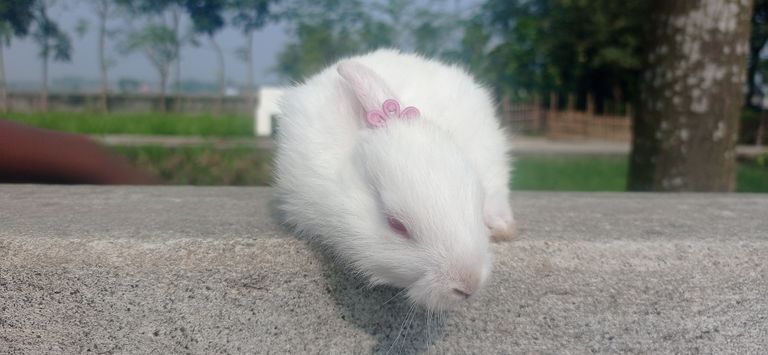


Rabbits are herbivores, meaning their diet consists mainly of plant material. Their food preferences include grasses, herbs, leaves, fruits, and vegetables. Due to their high metabolism, rabbits eat a large quantity of food each day. They are particularly known for their habit of consuming a high-fiber diet that aids in digestion. To obtain sufficient nutrients, they often eat their own feces, a process known as coprophagy. This allows them to reprocess undigested food and absorb essential nutrients, particularly vitamins produced in their cecum, a part of their digestive system. Their diet also plays a role in maintaining their dental health, as chewing on fibrous materials helps keep their constantly growing teeth from becoming overgrown.
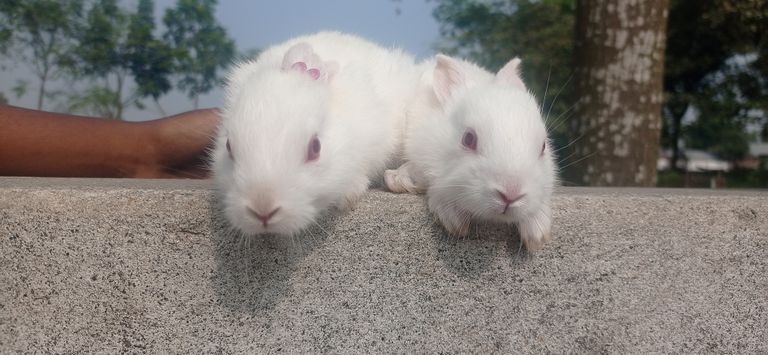
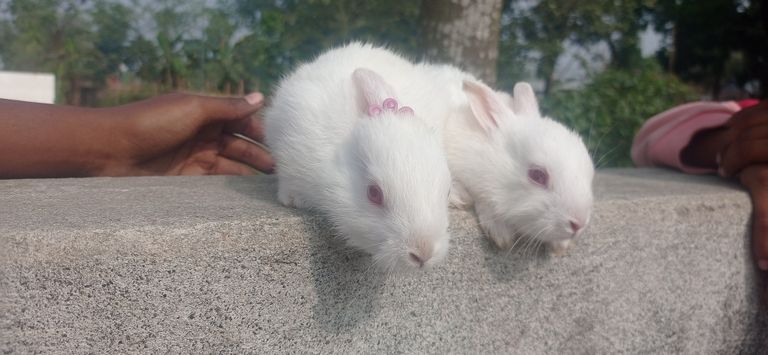
Social behavior is another key aspect of a rabbit’s lifestyle. While many species are solitary, others are highly social, particularly the European rabbit, which forms complex social structures within their warrens. These social groups may consist of family members and other rabbits that share a burrow system. Rabbits are typically non-aggressive and use a system of vocalizations, body language, and scent marking to communicate with each other. They also engage in grooming behavior, which helps reinforce bonds and maintain cleanliness. In the wild, the presence of a social structure provides safety in numbers, as there are more pairs of eyes and ears to detect the approach of predators.
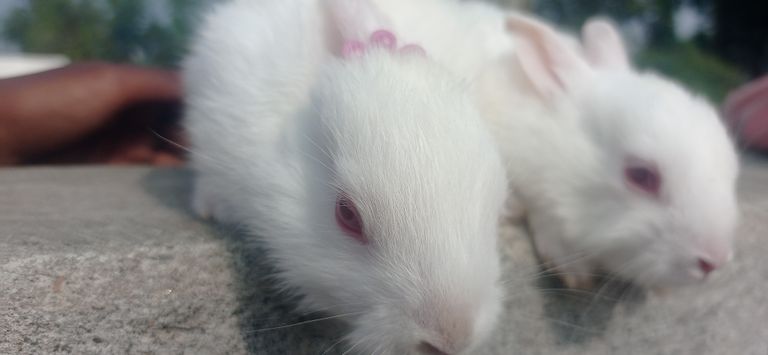
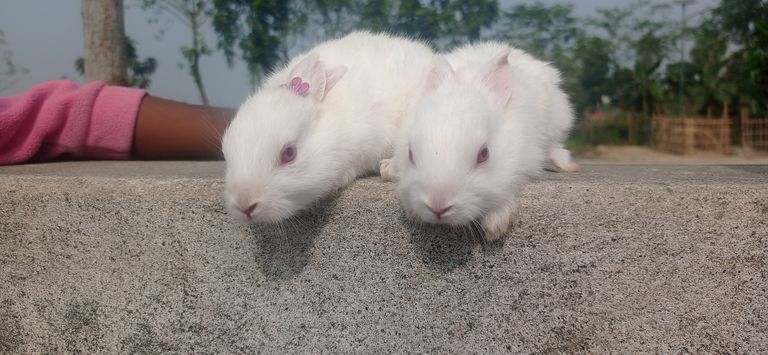
Rabbits are prey animals, and as such, they are equipped with a variety of adaptations to help them avoid predators. Their large, sensitive ears help them hear even the faintest sound, alerting them to potential danger. Their eyes are positioned on the sides of their heads, allowing them to see nearly 360 degrees, making it difficult for predators to sneak up on them. When threatened, rabbits can flee at high speeds, using powerful hind legs to make quick, unpredictable leaps that help them escape danger. In addition to flight, rabbits also rely on camouflage to blend into their environment. Their fur often matches the color of the surrounding vegetation, providing them with protection from predators like foxes, birds of prey, and domestic cats.
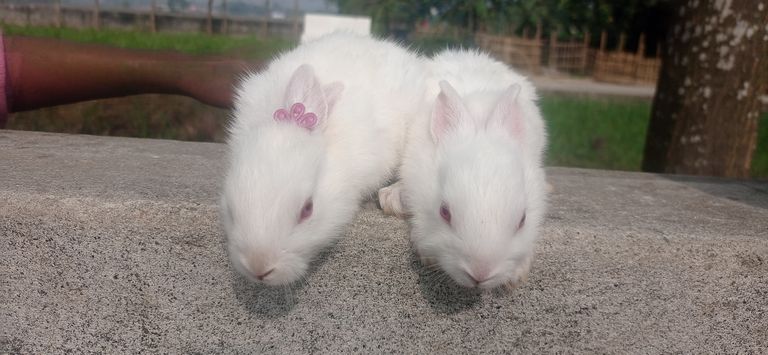
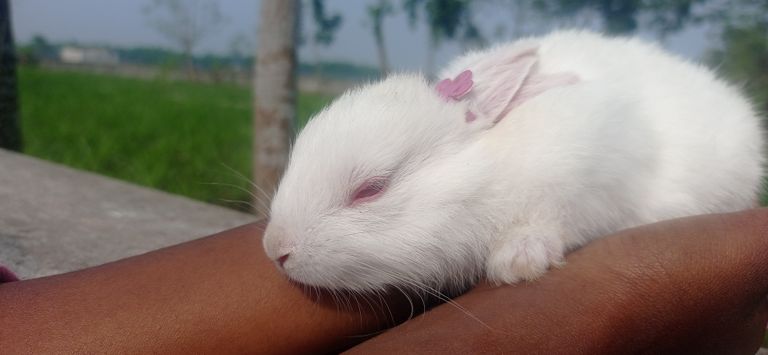
Reproduction is another significant aspect of a rabbit’s lifestyle. Rabbits are known for their prolific breeding habits. A female rabbit, known as a doe, can give birth to several litters each year, with each litter consisting of multiple young, called kits. The gestation period for a rabbit is relatively short, typically around 28 to 31 days, after which the doe gives birth to the kits. These young are born blind and helpless, but they grow rapidly and are soon capable of fending for themselves. Due to the high predation rate on young rabbits, the ability to reproduce frequently ensures the survival of the species.
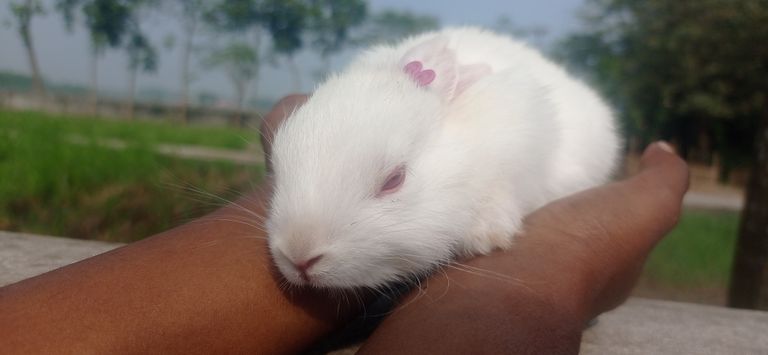
In conclusion, the lifestyle of a rabbit is a complex interplay of survival strategies, social structures, and dietary habits. Their ability to adapt to different environments, their social behaviors, and their effective ways of evading predators are all integral to their continued success in the wild. Rabbits’ remarkable reproductive strategies also ensure their place in the ecosystem. Whether in the wild or as domesticated pets, rabbits continue to captivate us with their agility, intelligence, and resilience.